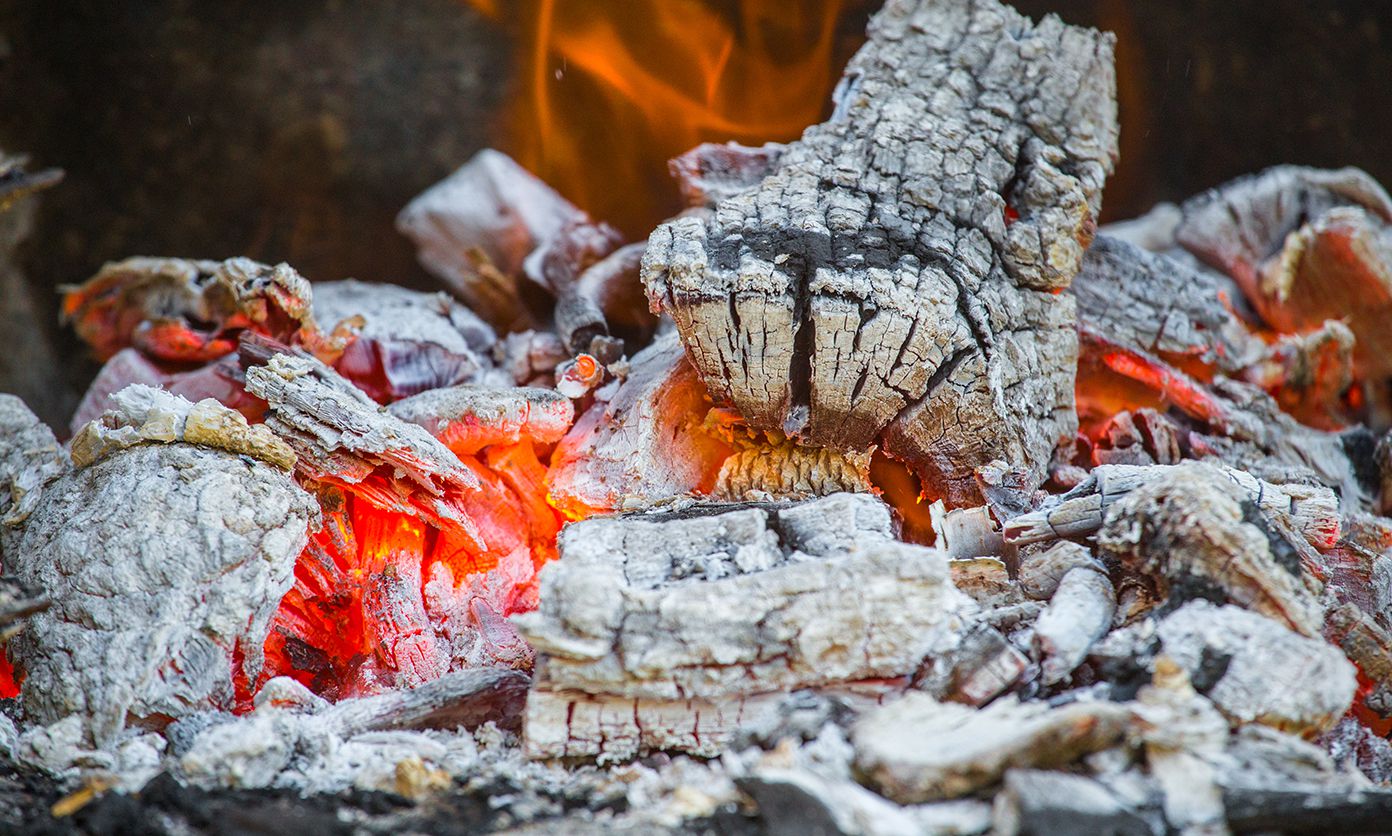

Articles
What To Do With Fireplace Ash
Modified: December 7, 2023
Discover creative and practical uses for fireplace ash in these helpful articles. Find out how to repurpose this versatile byproduct for gardening, cleaning, and more.
(Many of the links in this article redirect to a specific reviewed product. Your purchase of these products through affiliate links helps to generate commission for Storables.com, at no extra cost. Learn more)
Introduction
Fireplaces have long been a centerpiece of cozy and comforting homes. They not only provide warmth during cold winter nights but also create a welcoming atmosphere. While many people focus on the beauty of a fireplace and the crackling sound of burning logs, they often overlook one of its byproducts – fireplace ash.
Fireplace ash is the residue left behind after a fire has been extinguished. Many people mistakenly assume that it is nothing more than a waste product, but in reality, it can be put to good use in various ways. In this article, we will explore the many uses for fireplace ash, safety precautions to keep in mind, and how to properly dispose of it.
So, before you grab the dustpan and brush to clean out your hearth and discard the ash, read on to discover some surprising and practical ways that fireplace ash can be utilized.
Key Takeaways:
- Don’t overlook the potential of fireplace ash! Repurpose it for gardening, pest control, cleaning, and more. Just remember to prioritize safety and proper disposal to make the most of this versatile resource.
- Embrace the eco-friendly benefits of fireplace ash. From enriching garden soil to repelling pests, it’s a valuable resource with endless possibilities. Prioritize safety and explore creative ways to incorporate it into your daily life.
Read more: How To Clean Ash Out Of Fireplace
Uses for Fireplace Ash
While it may seem counterintuitive, fireplace ash can actually serve as a valuable resource in and around your home. Here are some practical uses for fireplace ash:
- Gardening: Fireplace ash is rich in nutrients, making it an excellent addition to your garden soil. It contains potassium, phosphorus, and calcium, which can help enrich the soil and promote healthy plant growth. However, it’s important to note that ash should only be used in moderate amounts, as excessive use can raise the pH level of the soil. Sprinkle a thin layer of ash around your plants, mix it into compost, or add it to your vegetable garden to enhance soil fertility.
- Pest Control: Ash can be an effective natural pest repellent. Sprinkle a thin line of ash around the perimeter of your garden beds or plants to deter slugs, snails, and other crawling insects. The abrasive texture of the ash irritates their bodies, preventing them from reaching your beloved plants.
- Cleaning: The alkaline properties of fireplace ash make it a useful cleaning agent for some surfaces. It can be used to remove stains from glass, silver, and porcelain. Create a paste by mixing ash with a small amount of water, apply it to the stained surface, scrub gently, and rinse thoroughly. However, exercise caution when using ash on delicate or porous materials, as it can scratch or damage them.
- Deodorizer: Fireplace ash has odor-absorbing properties, making it an effective natural deodorizer. Place a small bowl or container of ash near areas with foul smells, such as the refrigerator or bathroom, to help neutralize odors.
- Ice Melter: During snowy winter months, fireplace ash can be used as an alternative to commercial ice melters. Sprinkling a thin layer of ash on icy walkways or driveways can help melt the ice and provide traction. However, be cautious when using ash on concrete or other sensitive surfaces, as it can cause staining.
These are just a few examples of how fireplace ash can be repurposed instead of being discarded. By finding creative uses for ash, you can make the most out of this resource and reduce waste in the process.
Safety Precautions
While fireplace ash can be a useful material, it’s important to observe safety precautions when handling and storing it. Here are some safety tips to keep in mind:
- Cooling Period: Allow the ash to cool completely before handling or disposing of it. Even if the fire appears to be out, there may still be hot embers buried within the ash. Give it ample time to cool down to room temperature.
- Protective Gear: Wear gloves and a dust mask when working with fireplace ash. This will help protect your skin and respiratory system from any irritants or allergens that may be present in the ash.
- Proper Storage: Store the ash in a metal container with a tight-fitting lid to prevent any accidental spills or contact with flammable materials. Keep the container in a cool, dry place away from any heat sources.
- Disposal: Avoid placing hot ash directly in plastic bags or trash cans, as this can pose a fire risk. Instead, transfer the cooled ash to a designated ash container, then dispose of it according to local regulations. Some municipalities have specific guidelines for ash disposal, so be sure to check with your local waste management authorities.
- Caution with Chemicals: Fireplace ash can contain small amounts of chemicals, such as creosote, which can be harmful if ingested or inhaled. Avoid mixing ash with any other chemicals or cleaning agents, as it may produce toxic reactions.
By following these safety precautions, you can minimize any potential risks associated with handling and storing fireplace ash. It’s important to prioritize your safety and the safety of those around you when utilizing this resource.
Use fireplace ash as a natural fertilizer for your garden. Sprinkle a thin layer around plants to add nutrients to the soil and deter pests like slugs and snails. Avoid using ash from treated wood.
How to Properly Dispose of Fireplace Ash
Proper disposal of fireplace ash is crucial to prevent any accidents or potential hazards. Here are the steps to safely and responsibly dispose of fireplace ash:
- Cooling Period: Allow the ash to cool completely before handling or removing it from the fireplace. This cooling period ensures that there are no remaining hot embers that could cause a fire.
- Use a Metal Ash Container: Transfer the cooled ash into a metal container specifically designated for ash disposal. Metal containers are ideal as they are non-flammable and can contain any residual heat.
- Avoid Combustible Materials: Ensure that the metal ash container is placed on a non-combustible surface, such as concrete or brick. Keep the container away from flammable materials, such as wood, paper, or leaves.
- Secure Lid: Make sure the metal container has a tightly fitting lid to prevent any potential ash spills or accidental contact with flammable substances.
- Wait for Complete Cool Down: Allow the ash to cool in the metal container for an additional 48 to 72 hours. This extra waiting period ensures that any residual heat is dissipated.
- Dispose of Ash: Once the ash is completely cooled, you can safely dispose of it. Check with your local waste management authorities to determine the proper disposal method in your area. Some municipalities may allow ash disposal in the regular trash as long as it is fully cooled, while others may require you to bring it to a specific waste collection facility.
- Consider Recycling: If you have a large volume of ash, you may want to consider recycling it instead of disposing of it. Some recycling centers accept ash for certain applications, such as road stabilization or soil amendments. Be sure to research local recycling options for ash in your area.
By following these steps, you can ensure that fireplace ash is properly handled and disposed of, reducing any potential risks and maintaining a safe environment.
Conclusion
Don’t let fireplace ash go to waste! Instead of simply discarding it, take advantage of its potential uses and benefits. From gardening to cleaning, fireplace ash can serve multiple purposes in and around your home.
Remember to always prioritize safety when dealing with fireplace ash. Allow it to cool completely before handling, wear protective gear, and store it in a metal container with a tightly fitting lid. Follow local regulations for proper disposal, or consider recycling options if available.
By repurposing and properly disposing of fireplace ash, you can not only reduce waste but also find practical and eco-friendly solutions for common household needs.
Embrace the versatility of fireplace ash and discover the many creative ways you can incorporate it into your daily life. Whether you’re enriching your garden soil, repelling pests, or using it as a deodorizer, fireplace ash can be a valuable resource that deserves a second life.
So, the next time you enjoy a cozy fire, remember to save the ash and explore its endless possibilities.
Frequently Asked Questions about What To Do With Fireplace Ash
Was this page helpful?
At Storables.com, we guarantee accurate and reliable information. Our content, validated by Expert Board Contributors, is crafted following stringent Editorial Policies. We're committed to providing you with well-researched, expert-backed insights for all your informational needs.
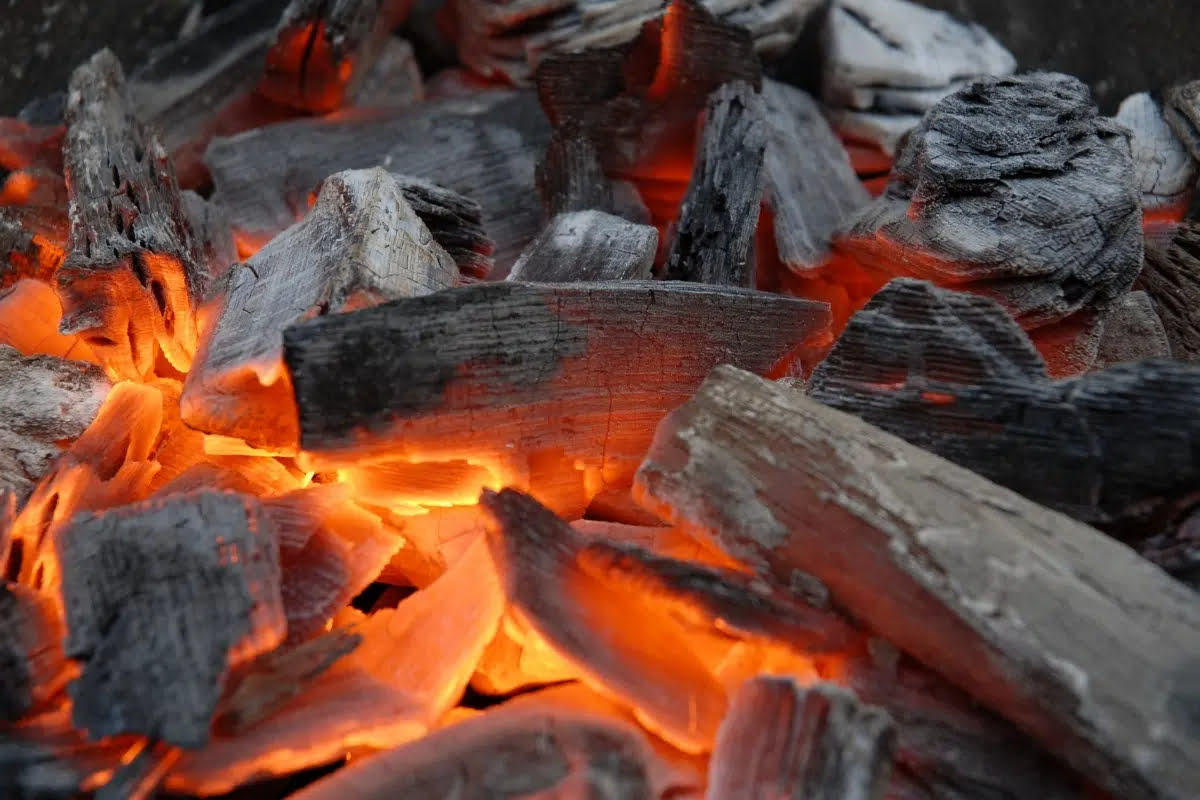
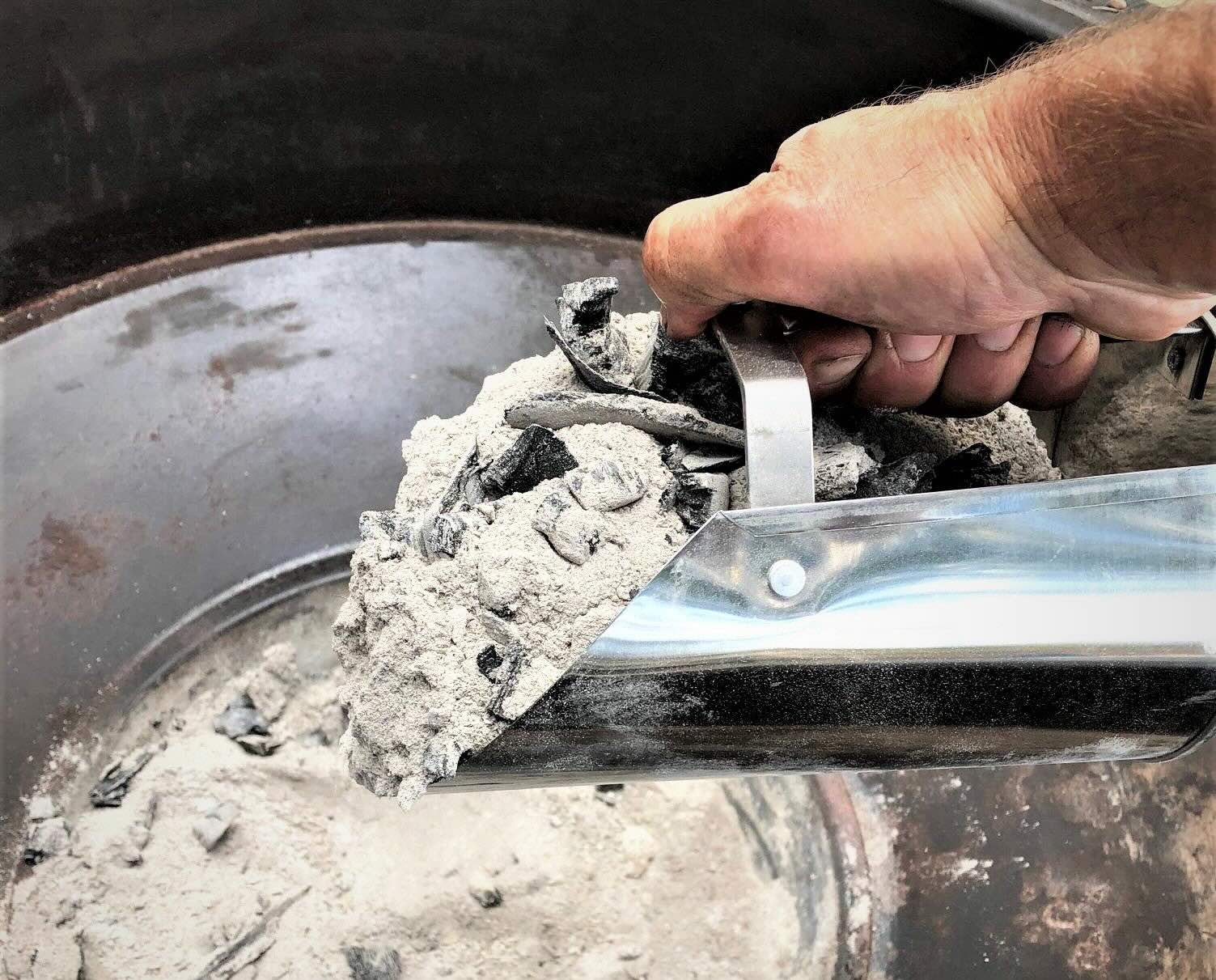


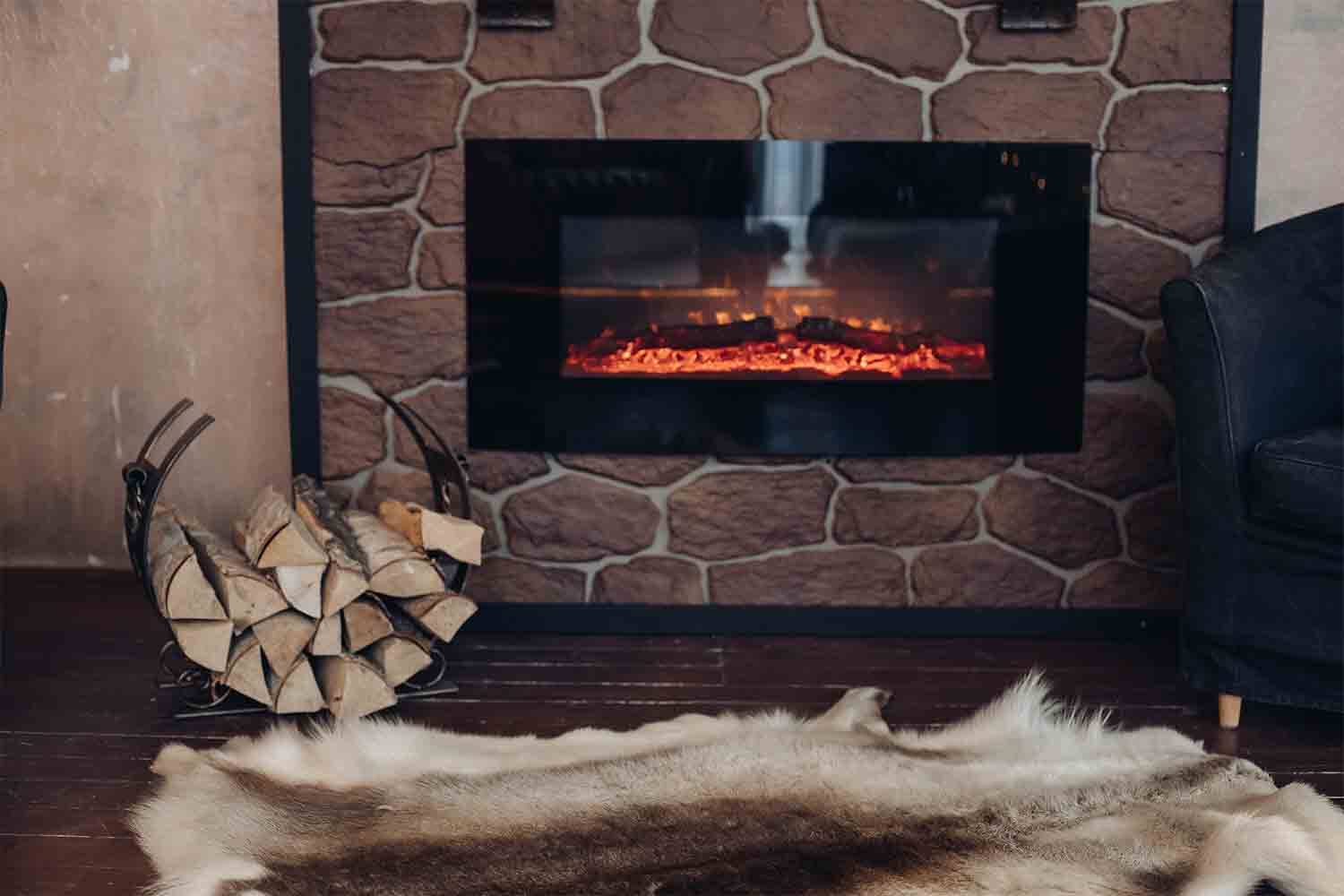


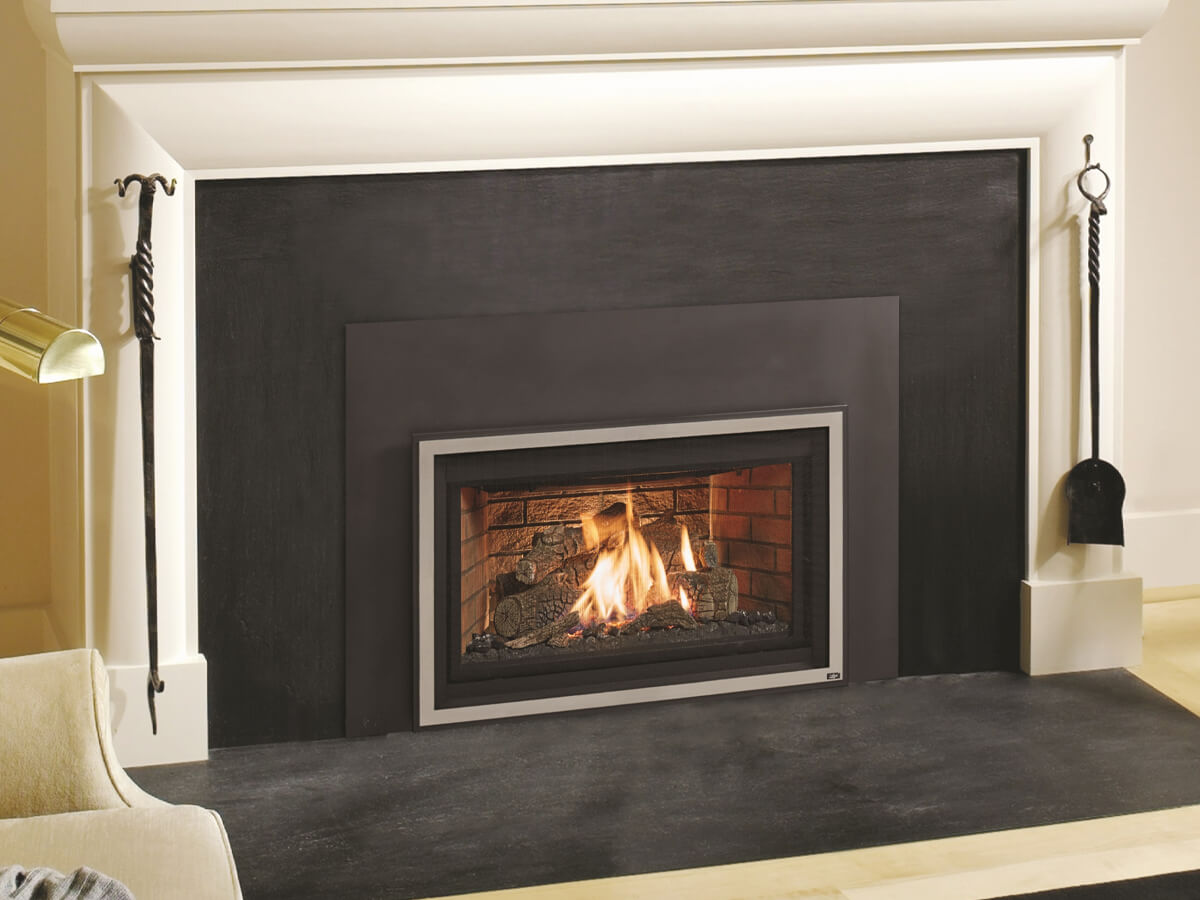
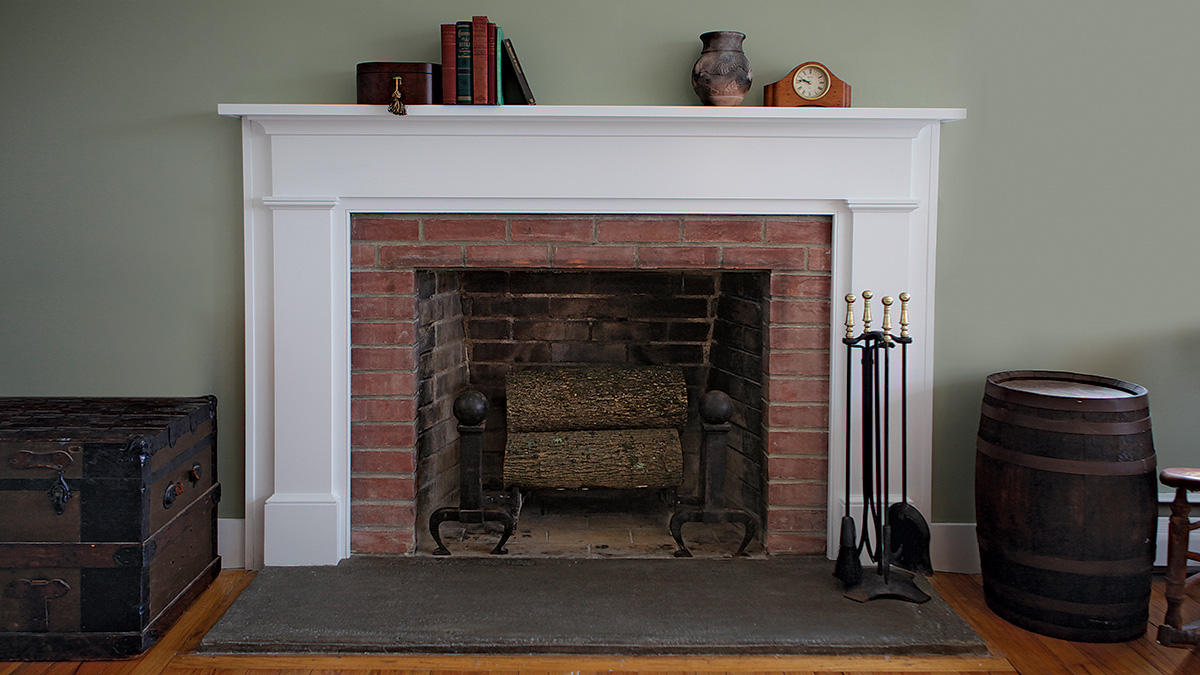

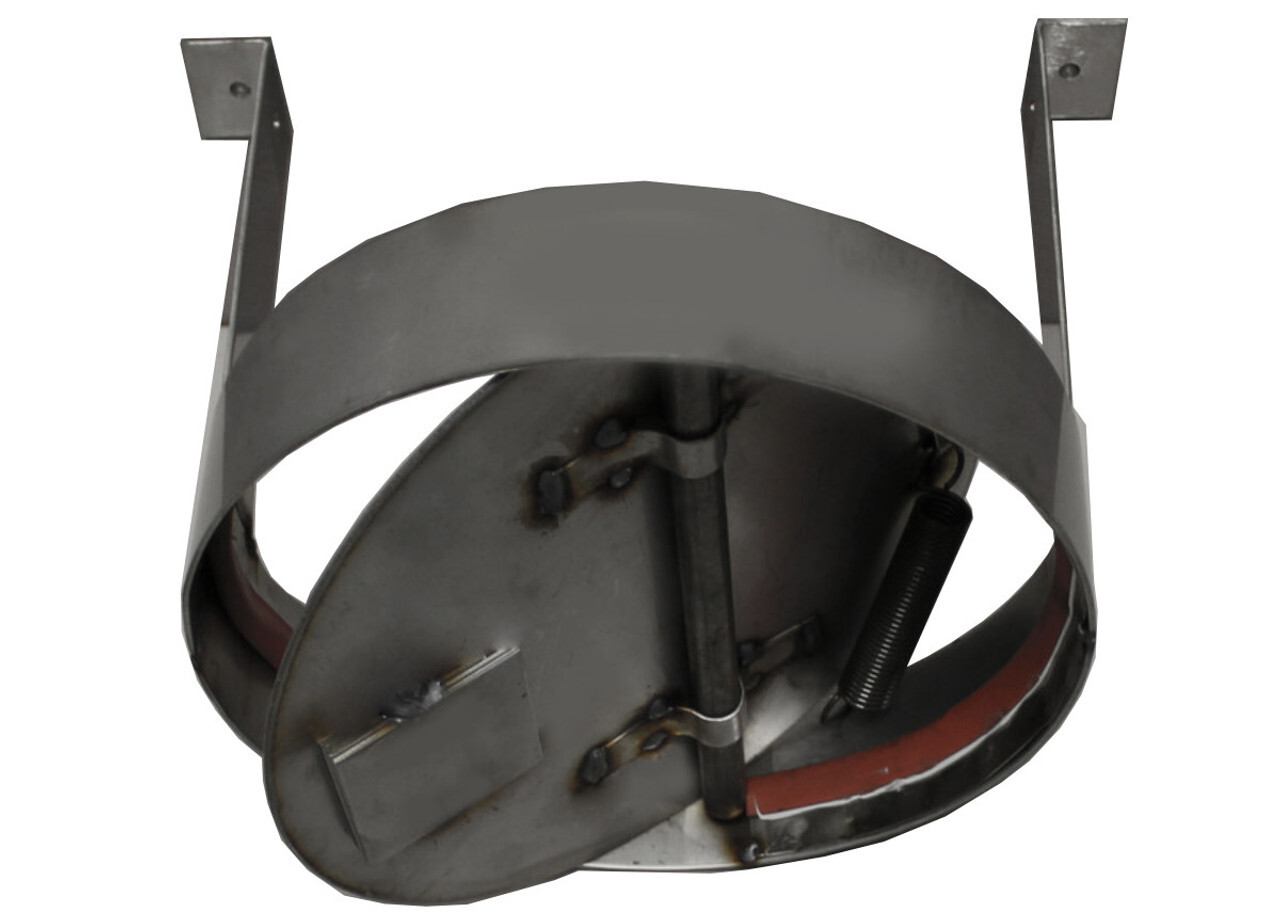





0 thoughts on “What To Do With Fireplace Ash”